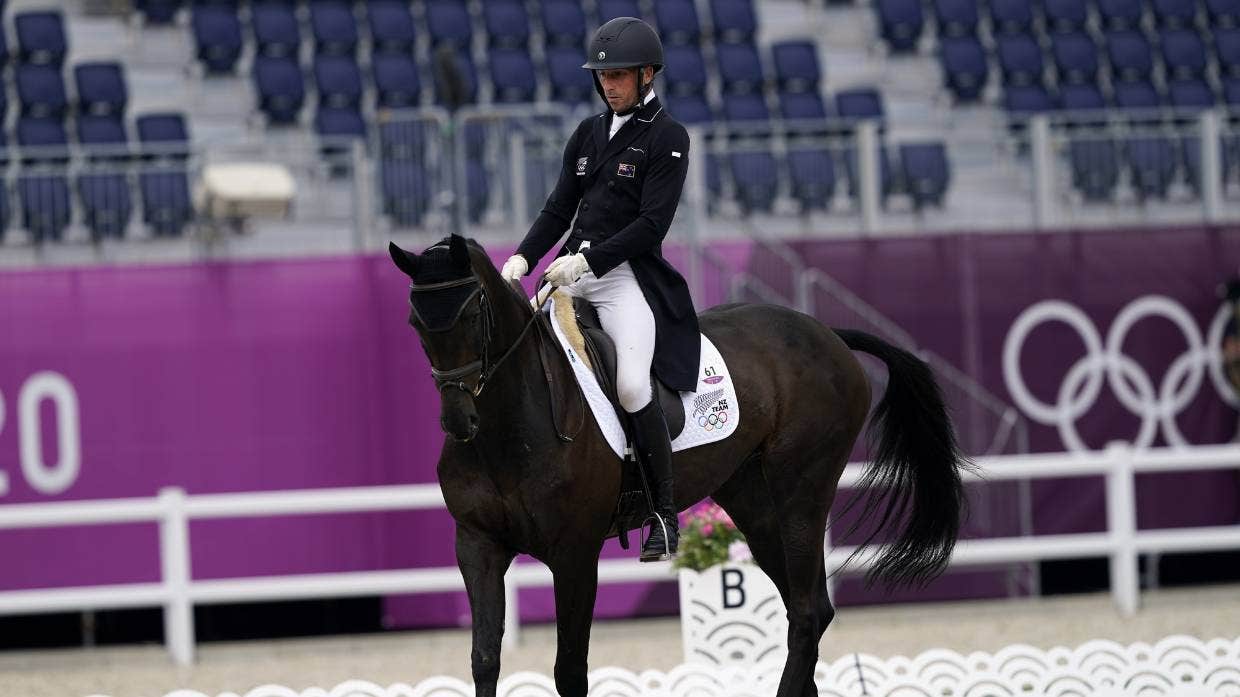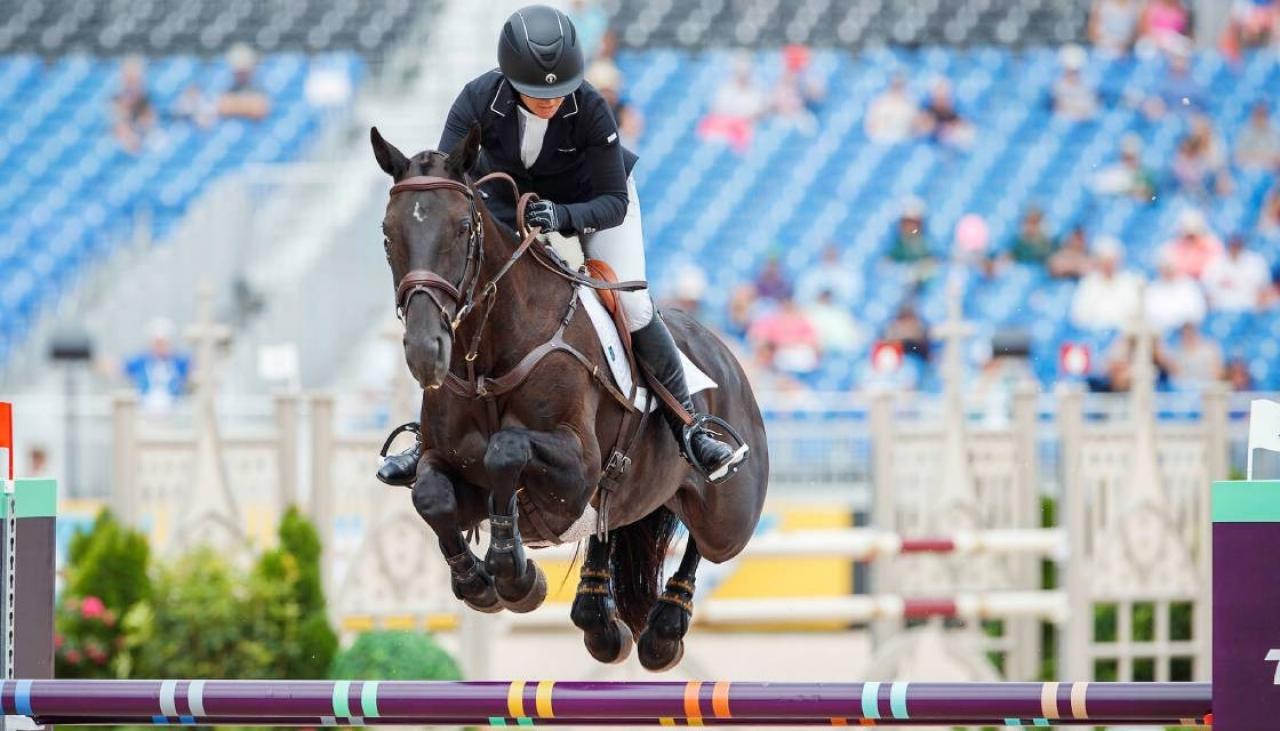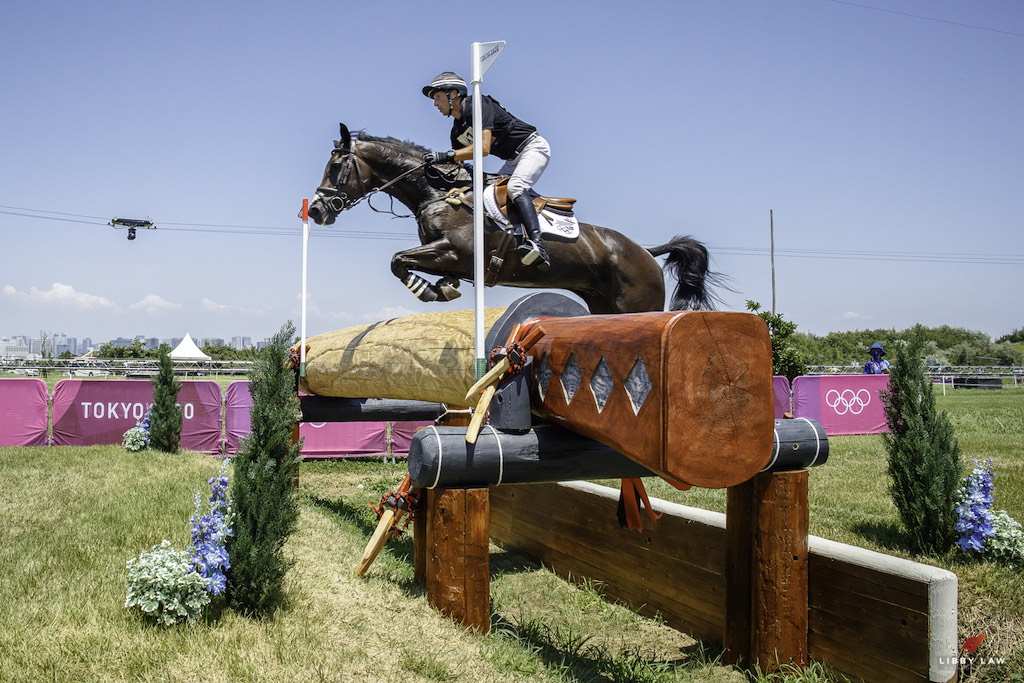
Eventing (also known as three day eventing or horse trials) is an equestrian event where a single horse and rider combine and compete against other competitors across the three disciplines of dressage, cross-country, and show jumping. This event has its roots in a comprehensive cavalry test that required mastery of several types of riding. The competition may be run as a one-day event, where all three events are completed in one day (dressage, followed by show jumping and then the cross-country phase) or a three-day event, which is more commonly now run over four days, with dressage on the first two days, followed by cross-country the next day and then show jumping in reverse order on the final day. Eventing was previously known as Combined Training, and the name persists in many smaller organizations. The term "Combined Training" is sometimes confused with the term "Combined Test", which refers to a combination of just two of the phases, most commonly dressage and show jumping. Eventing is an equestrian triathlon, in that it combines three different disciplines in one competition set out over one, two, or three days, depending on the length of courses and number of entries. This sport follows a similar format in Australia, Canada, Ireland, United Kingdom and the United States and is recognized internationally by the Fédération Équestre Internationale (FEI).
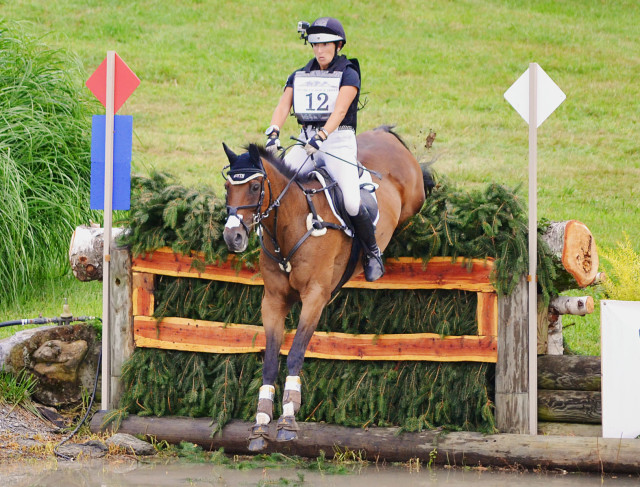
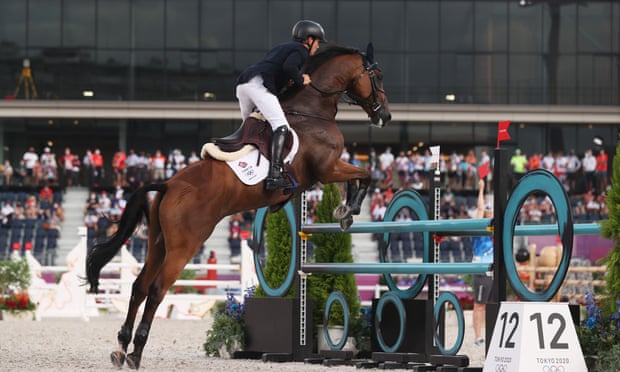
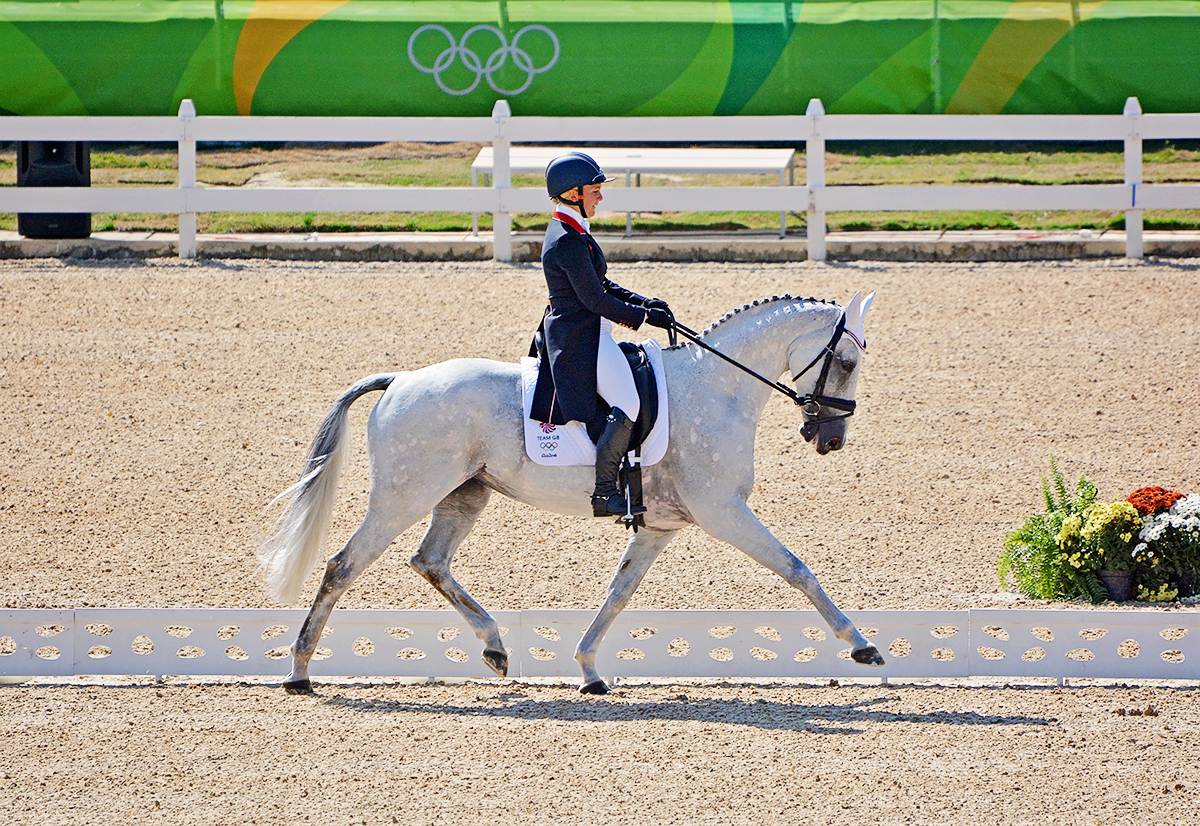
A few of the biggest eventing competitions are the Burghley Horse Trials, Badminton Horse Trials, and the Kentucky Three-Day Event, all of which are sponsored by Land Rover. The Burghley Horse Trials is an annual three-day event held at Burghley House near Stamford, Lincolnshire, England, currently in early September. Burghley Horse Trials is classified by the FEI as one of the six leading three-day events in the world. It has competition at five-star level. The Badminton Horse Trials is a five-day event, one of only six annual CCI Five Star events as classified by the (FEI). It takes place in April or May each year in the park of Badminton House, the seat of the Duke of Beaufort in South Gloucestershire, England. Badminton was first held in 1949 by the 10th Duke of Beaufort in order to let British riders train for international events and was advertised as "the most important horse event in Britain". It was the second three-day event held in Britain. Kentucky Three-Day Event, is an eventing competition held at the Kentucky Horse Park in Lexington, Kentucky. Land Rover Kentucky is a Five Star eventing competition. Five stars is the highest level of competition in the sport, the same level of competition as Eventing at the Olympics and the World Equestrian Games. Although the event's name continues to reflect its roots as a three-day competition, the Kentucky Three-Day Event currently takes place over four days (Thursday through Sunday). Due to large number of entries, both Thursday and Friday are devoted to the dressage test. Cross-country is on Saturday, and show jumping is on Sunday.
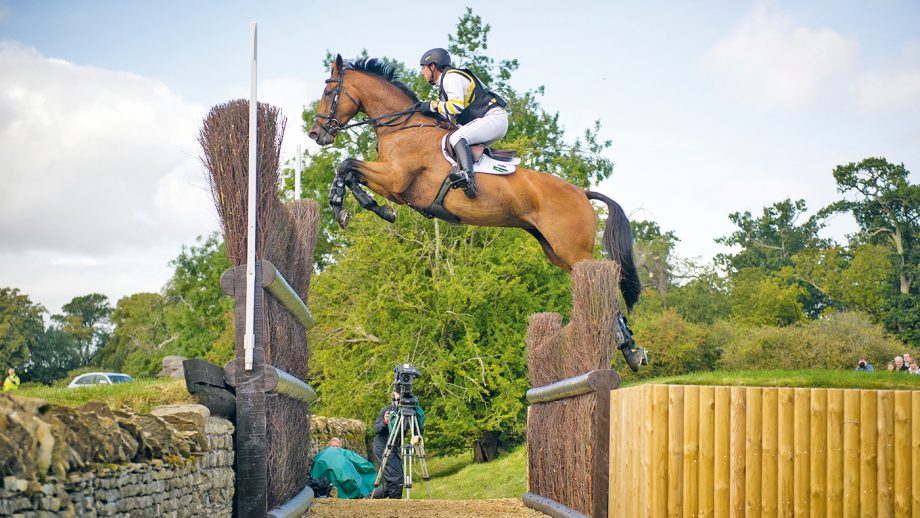
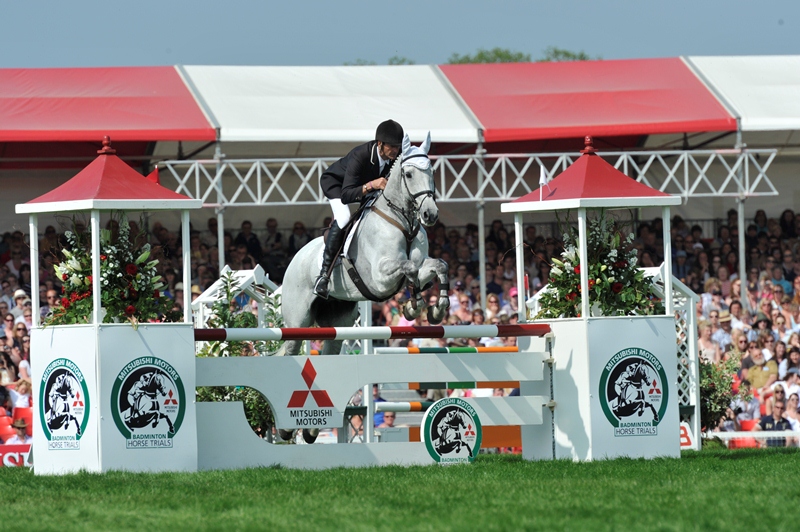
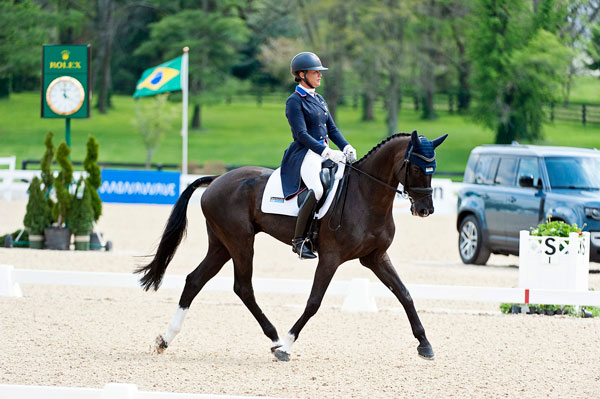
Over the time that the Olympics have been held, the rules in eventing have changed many times. Introduced in 1912, three-day eventing originally only allowed active military officers to compete, and only on mounts either owned by themselves or by their military branch. Horses had to carry at least 80 kg and had to be wearing a double bridle. Riders were required to be attired in informal uniform. There were significant changes in the format for the 1920 Olympics, most notable was the removal of the dressage test. 25 riders from 8 nations competed. The required weight was reduced to 75 kg, where it would remain for several decades. Riders could also wear dark or "pink" coats instead of informal uniform attire. All riders had to wear cream breeches and silk hats. The 1924 Games again changed the format to what would be seen today. 44 competitors from 13 countries took part. The format and rules remained relatively unchanged through the 1932 Olympic Games. The Berlin Games in 1936 saw new rules designed to help protect the horse, mostly regarding the use of performance-altering drugs, especially stimulants and sedatives. Additionally, horses that were exhausted or lame following the endurance test were to be eliminated. The 1948 Games had 46 entrants, including competitors from Argentina, Portugal, and Brazil. Dressage tests now included half-pass at the trot. Olympic Games from 1952 to 1996 saw few changes in format or rules. Dressage introduced the single flying change. Cross-country was shortened by 2 km and required 32–34 fences that were a maximum of 1.2 meters in height and was to be ridden at the heightened speed of 570 miles per minutes. Additionally, the 75 kg required for jumping was reduced to 70 kg for the 1996 Games and abolished 2 years later. Women were allowed to ride in equestrian events in 1952. However, it was not until Helena du Pont competed for the United States at the 1964 Tokyo Olympics that eventing saw its first woman representing her country.
